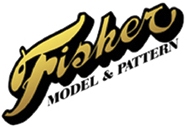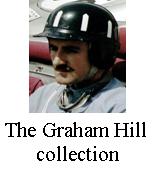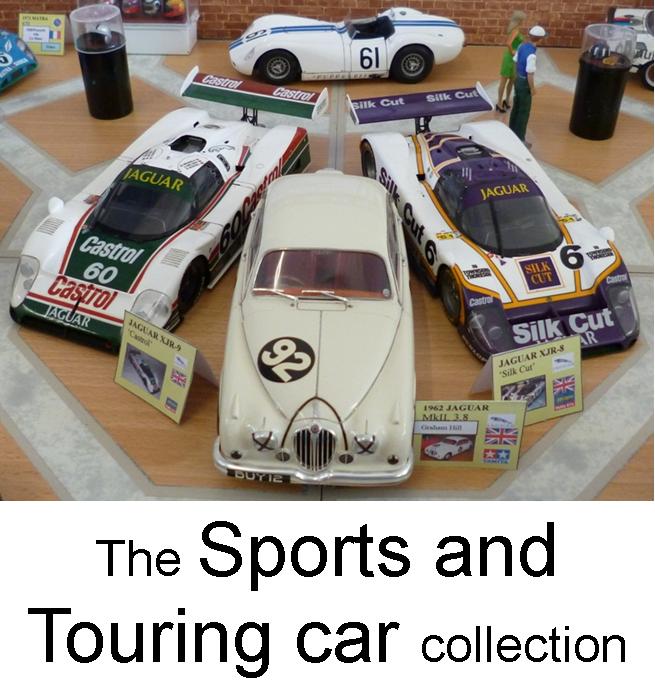
Matra (Mechanique- Aviation-TRAction) was a French aeronautic research diverse'Group' covering everything from bicycles to weapons of war. They found they could apply thier technology, such as aerodynamics, to motorsports. So in 1965, Matra took over the manufacture of the small René Bonnet sports cars co. (whom they had been providing glass-fibre bodywork to) and turned it into a world beating racing outfit in F1 and Sportscars.
The company CEO, Jean-Luc Legardere, announced that Matra would "use the coming decade to master motor racing.... and win the constructors World Championship".
Matra enjoyed considerable success in Formula 3 and F2 racing In the mid-1960s. In 1968 the company entered Formula One, alongside the Tyrrell led team, running Matra MS10’s driven by Jackie Stewart who won several Grands Prix. The F1 team was established at Vélizy-Villacoublay in the suburbs of Paris. The car's most innovative feature was the use of aviation-inspired structural fuel tanks. These allowed the chassis to be approx’ 15 kg lighter, while still being strong. Unfortunately the FIA considered the technology unsafe and banned it!
For 1969 Matra focused its efforts on the Tyrrell team (renamed Matra International) and won both the championships. It was a spectacular achievement for a constructor that had only one years experience.
By 1972, Matra was giving priority to Formula 1 and cut down their endurance-racing to just "le Mans". Matra found themselves favourite for the race having entered four cars all especially constructed and designed for "Le Mans". One M660 and three brand new M670's.
At the start of the 1972 le mans 24hr race The Matra 670 number 12 of Jean-Pierre Beltoise and Chris Amon took lead. That was until the third lap when it broke it’s engine. The Matra team were thrown into a state of confusion and alarm as the thought dawned on people that the Matras might not go the distance. While the Matra drivers slowed a little to protect their cars the Lolas of Jo Bonnier and Hugues de Fierlant went on to take the lead. Bonnier's car was slowed by a deflating tire and after the first round of pit stops the two Matra 670s were back in front again, the François Cevert/Howden Ganley car in front. The Lolas who had their own engine worries as Cosworth DFVs were built for grand prix not endurance racing.
Both side held hope of the others engines failing but Bonnier decided to keep the pressure on. With the Lolas running well and the engines appearing strong Jo Bonnier set the fastest lap and new lap record in the early evening. De Fierlant's car then broke its gearbox and went out of the race. By midnight Hill was through to the lead but in his turn had to pass it back to the number 14 Matra.
Bonnier's Lola T280 was still in surprisingly good health in the morning, its DFV V8 running as strong and as fast as ever. Then, just before 8:30 a.m., Bonnier came upon the Ferrari GTB4 of Florian Vetsch at Indianapolis curve. A tragic accident ensued and the Lola flew over the barriers, into the trees and killed Bonnier instantly.
The Matras were now well clear in the front, Ganley in the no’ 14 car leading. When the out come looked set a Chevrolet Corvette ran in the back of Ganleys car and sent him in for an unscheduled pit stop. Henri Pescarolo and Graham Hill slipped into a lead they weren’t going to relinquish.
When the David Hobbs/Jean-Pierre Jabouille Matra 660 stopped with transmission problems. The 670, number 14 car of François Cevert and Howden Ganley came home second, a lap down, but a 1-2 finish all the same.
This was the first victory of a French car since 1950, and Graham Hill became the only racing driver ever to win the triple crown of motorsport. Formula one world champion, Indianapolis 500 winner and 24 hrs du Mans winner.
In 1973 and 1974 the M670 was victorious again - as the MS670B of H.Pescarolo & G.Larrousse won both years, establishing Matra's "hat-trick" of consecutive wins.
In December 1974, excactly 10 years after they entered motorsports, Matra withdrew. Their aim had been to win, not to stay on top; Having declared that they would invest 10 years to win the World Championship, that's exactly what they did, in fact they obtained some 125 victories, a Formula One championship, an endurance racing World Championship and 3 consecutive "Le Mans" wins. Not bad going.


1/24th scale kit.
Built by Ian.


Built in the late 1990’s, and one of the earliest resin kits Ian ever made, this model ended up being a real favourite. Fisher's kit is very straight forward to build and more than detailed enough to satisfy me. It is painted with Halfords acrylic car paints, Tamiya and Citadel acrylic paints.
You can read more information on the building of this model in our article on building a resin model kit if you visit the
"Articles and Projects" pages.
RETURN TO -

